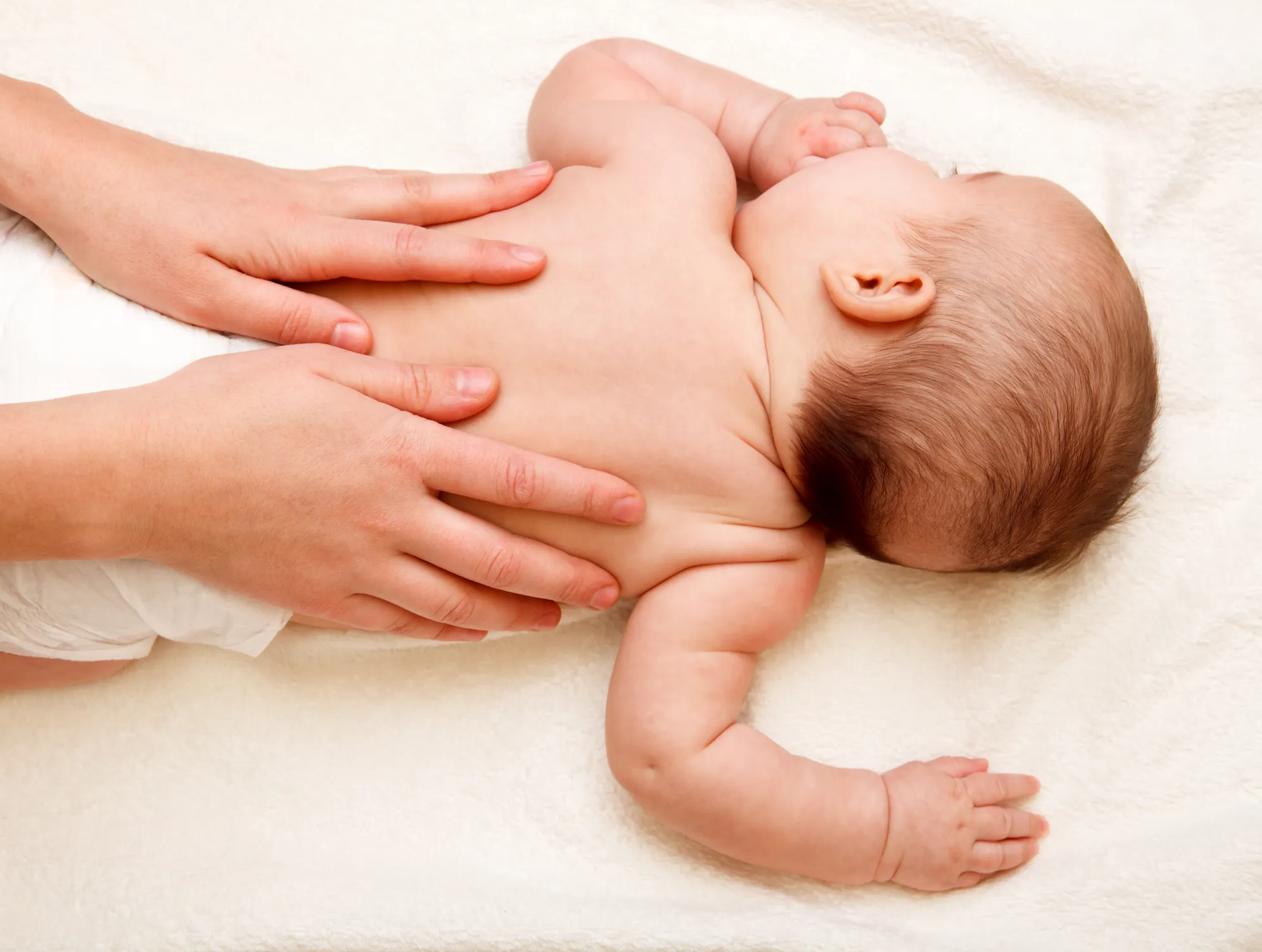Brachial Plexus Birth Palsy (Erb’s Palsy) is muscle weakness in the arm or shoulder that can occur as a result of an injury sustained during birth or later in life. This is most common among infants who injure their shoulders during delivery. Although in some cases this will resolve on its own, your doctor may suggest exercises to help prevent permanent stiffness.
What is Erb’s palsy?
The nerve condition known as Erb’s palsy occurs in the shoulder and arm, resulting in weakness or loss of muscle function. The brachial plexus is a group of five nerves that connect the spine to the arm and hand. This allows your shoulders, arms, and hands to feel and move. Palsy is another name for partial or complete loss of muscle function — muscle weakness or paralysis.
Types of Erb’s Palsy
Neuropraxia: As the least painful and most reported form of Erb’s palsy, it results in the brachial nerves extending but not tearing away from the spinal cord. This takes roughly three months to heal completely and can cause a child intense pain.
Neuroma: This type of injury damages the nerve fibers, leaving scar tissue once the injury has healed. The scar tissue will then cause complications by putting pressure on the existing healthy nerves.
Rupture: This type of Erb’s palsy involves a nerve tear, which will require surgical treatment. This surgery includes removing a healthy nerve from another part of the body and implanting it in the affected area, which allows functions like movements and sensations to return.
Neurometric Erb’s palsy: This is the most severe condition. The nerves branching out of the spinal cord are severed from their roots. In some cases, the nerve ending close to the spinal cord may start to grow again, but in most cases, your child will not be able to move their arm.

Who does Erb’s palsy affect?
A newborn may develop Erb’s palsy during a difficult vaginal childbirth, or even during a cesarean section. This happens when during delivery your doctor has to move the baby’s head to one side to make room for the delivery of their shoulders. In some cases, the stretching of the nerves causes damage, possibly even tears.
What are the signs and symptoms of Erb’s palsy?
Erb’s palsy affects the shoulder, arm, and elbow. In general, your hand muscles aren’t affected, but your hands may experience tingling or numbness. Signs and symptoms of Erb’s palsy include:
Paralysis or limpness of the shoulder, arm, and elbow.
Numbness or tingling in your arm or hand.
A hand position is known as ‘the waiter’s tip’ position.
How is Erb’s Palsy diagnosed?
Your infant will be given a physical examination to evaluate arm weakness. Then advanced diagnostic procedures and technology are used to effectively diagnose and inform treatment. Diagnostic procedures may include:
Electromyogram (EMG): This test measures the electrical activity of a muscle in response to stimulation, as well as the nature and speed of the conduction of electrical impulses along a nerve. It can confirm the presence of nerve damage and assess its severity.
Imaging studies: The physician may order an X-ray, ultrasound, or other imaging test to check for damage to bones and joints of the neck and shoulder.
Nerve conduction studies: These tests measure how well individual nerves can send an electrical signal from the spinal cord to the muscles.

How is Erb’s palsy treated?
Depending on how severe the injury is, your Erb’s palsy treatment may vary. Some cases resolve by themselves within three to four months. But here are some of Erb’s palsy treatment options:
Physical Therapy
Physicians often prescribe physical therapy for infants with Erb’s palsy. These stretching exercises will strengthen muscles in the area and help prevent stiffness in the arm, hands, and wrist.
Hydrotherapy Treatment
Hydrotherapy is a type of physical therapy that involves being in a pool. The water supports the baby’s arm, helping to relieve strain. This type of treatment may involve physical therapy exercises in the pool or just playing with your child in the water.
Surgery
Physical therapy alone doesn’t always result in complete Erb’s palsy treatment. Some babies may require surgical corrections. Surgery can help to restore feeling and movement in the injured arm. If the palsy hasn’t improved before your baby is 6 months old, your provider might recommend surgery, including:
Nerve repair: Including nerve grafts, nerve transfers, neurolysis, and nerve decompression.
Muscle repair: Involves a muscle or tendon transfer to replace the damaged tissue with tissue from another place in the body.
Botox therapy
Some doctors may suggest the use of Botox injections to paralyze working muscles for a time to force weaker muscles to take over. They might also splint your baby’s hand to prevent it from curling inward and being rigid.
Conclusion
In conclusion, the treatment of Brachial Plexus Birth Palsy involves a multidisciplinary approach that may include physical therapy, occupational therapy, and sometimes surgery. The goal is to restore as much function as possible in the affected arm. Physical and occupational therapy exercises can help improve strength, flexibility, and range of motion. In some cases, surgery may be necessary to repair the damaged nerves or muscles. Each case is unique, and the treatment plan is tailored to the individual needs of the child. It’s important to remember that while the journey may be challenging, many children with Brachial Plexus Birth Palsy go on to lead full and active lives with the right treatment and support.